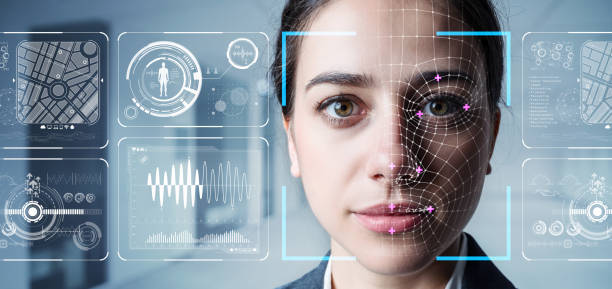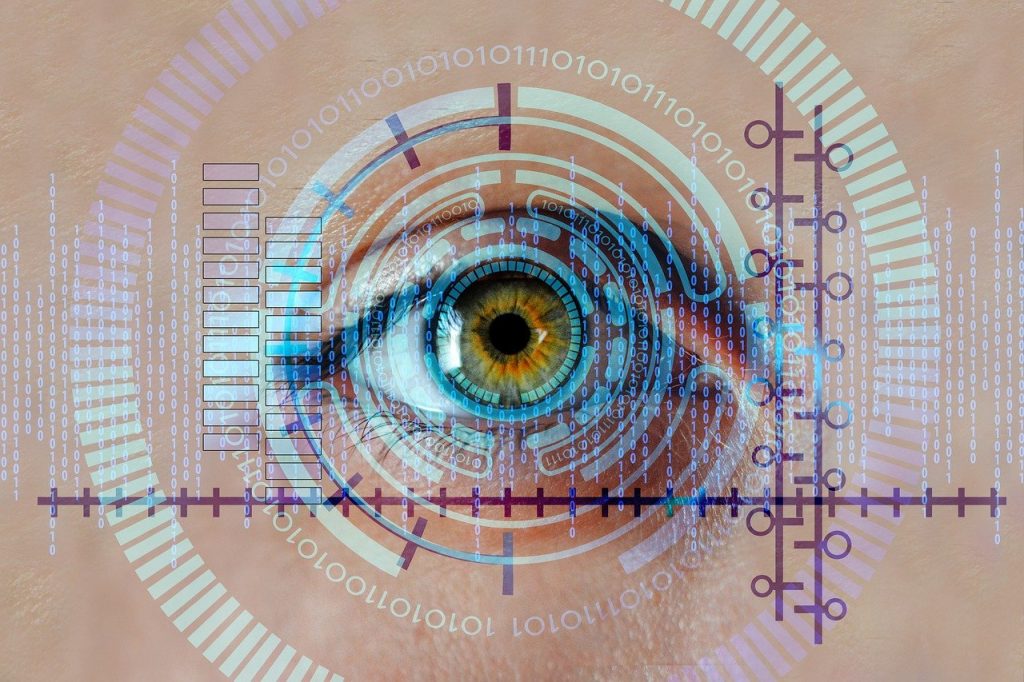Table of Contents
Biometric security has become a prominent method for authentication and access control in the digital age. By leveraging unique biological characteristics such as fingerprints, facial recognition, and iris patterns, biometric systems offer an advanced approach to securing sensitive information and facilities. However, while biometric security provides numerous benefits, it also presents certain challenges and limitations. This article explores the pros and cons of biometric security, helping to understand its role in modern security systems.

Pros of Biometric Security
- Enhanced Security: One of the most significant advantages of biometric security is its potential to provide enhanced security. Unlike passwords or PINs, which can be forgotten, stolen, or easily guessed, biometric traits are unique to each individual and difficult to replicate. This uniqueness makes it substantially harder for unauthorized users to gain access, thus reducing the risk of identity theft and unauthorized access.
- Convenience and Ease of Use: Biometric systems offer a high level of convenience compared to traditional authentication methods. Users do not need to remember complex passwords or carry physical tokens. Authentication is often as simple as scanning a fingerprint or looking at a camera, streamlining the login process and reducing the likelihood of user frustration or errors.
- Non-Repudiation: Biometric authentication provides a form of non-repudiation, meaning that once an individual’s identity is authenticated, it is difficult for them to deny having accessed a system or performed an action. This feature is particularly useful in environments requiring strict accountability and traceability, such as financial transactions or secure facilities.
- Reduced Risk of Credential Theft: Since biometric data is tied to an individual’s physical traits rather than a password or token, the risk of credential theft is minimized. Physical traits like fingerprints or facial features cannot be easily stolen or shared, making it more challenging for attackers to impersonate legitimate users.
- Integration with Other Security Measures: Biometric systems can be integrated with other security measures to create a multi-layered security approach. Combining biometrics with traditional methods like passwords or smart cards enhances overall security, providing a more robust defense against unauthorized access.

Cons of Biometric Security
- Privacy Concerns: One of the major concerns with biometric security is privacy. Biometric data, such as fingerprints, facial images, and iris scans, are highly personal and sensitive. If compromised, this data cannot be changed as easily as a password. Additionally, there are concerns about how biometric data is collected, stored, and used, raising questions about user consent and data protection.
- Potential for Errors and False Acceptances/Rejections: While biometric systems are generally accurate, they are not infallible. Issues such as poor quality of biometric samples, environmental conditions, or system malfunctions can lead to false acceptances (allowing unauthorized users) or false rejections (denying legitimate users). This can affect the reliability and user experience of biometric systems.
- High Implementation Costs: Implementing biometric security systems can be costly. The technology required for accurate and reliable biometric identification, such as high-resolution scanners and advanced algorithms, can involve significant investment. Additionally, ongoing maintenance and updates can further increase the total cost of ownership.
- Data Security Risks: While biometric data is unique and difficult to replicate, it is not immune to security risks. Data breaches involving biometric information can have severe consequences, as compromised biometric data cannot be easily reissued or changed. Protecting biometric data requires stringent security measures, including encryption and secure storage.
- Inclusion and Accessibility Issues: Biometric systems may not be equally accessible to all users. For example, some individuals may have physical conditions that affect their biometric traits, such as worn fingerprints or facial abnormalities. This can lead to difficulties in accessing systems for certain users, raising concerns about inclusivity and accessibility.
- Legal and Ethical Challenges: The use of biometric security raises various legal and ethical issues, including concerns about surveillance, consent, and the potential for misuse. There are ongoing debates about the balance between security and individual rights, with regulatory frameworks still evolving to address these concerns.
- Dependence on Technology: Biometric systems rely heavily on technology, which can be a double-edged sword. While advanced technology improves accuracy and efficiency, it also means that system failures, software bugs, or hardware malfunctions can disrupt access and security. Ensuring system reliability and resilience is crucial for maintaining effective biometric security.

Conclusion
Biometric security offers a range of benefits, including enhanced security, convenience, and reduced risk of credential theft. Its ability to provide unique and reliable authentication makes it an attractive option for securing sensitive information and access control. However, biometric security also comes with challenges such as privacy concerns, potential for errors, high implementation costs, and data security risks.
As biometric technology continues to evolve, addressing these challenges will be essential to maximizing its effectiveness and ensuring that it is implemented in a way that balances security, privacy, and user experience. By carefully considering the pros and cons, organizations and individuals can make informed decisions about integrating biometric security into their systems and practices.